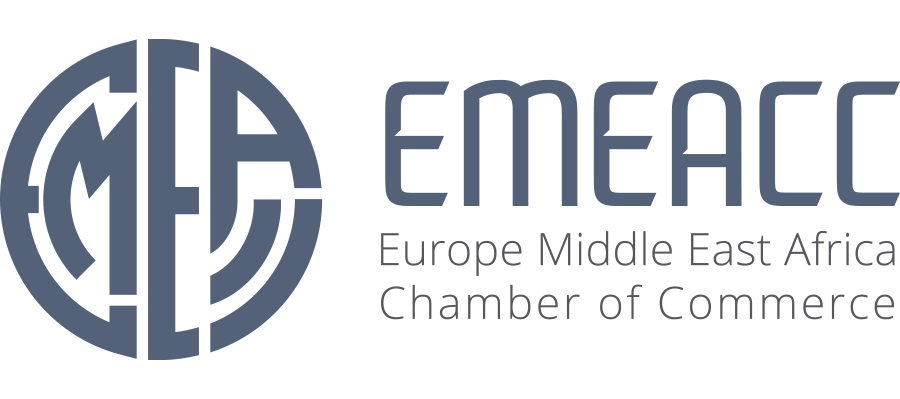If stakeholders feel that their feedback has been incorporated into the project and feel they have been taken into consideration, they will be more likely to continue to back it. This requires a constant flow of communication and ensuring that the stakeholders get the information they require whenever they require it, through multiple channels.
The frequency of communication needs to be adapted to the specific stakeholder group. For instance, CEOs could be more focused on long-term growth and strategic alignment while teams might be more focused on efficiency gains. It is essential to tailor content to the requirements of the people who are involved avoid technical language and using technical terms for those with less technical backgrounds.
Providing information through various channels is essential to acceleration efforts. Meetings, emails, project report, and many more are all a elements of this. Email is a very flexible and customizable tool that can be used to send updates on projects photos, news, budget updates contacts, next steps, top-level project plans and much more. It can also be used to collect feedback through surveys and other online engagement tools.
Meetings are a good way to reach out to your stakeholders and discuss specific issues, questions or concerns. They can be scheduled on a daily, weekly or monthly basis and are a great way to update your stakeholders face-to-face. It is also a great method to ensure that everyone is on board with your project and to discuss any possible obstacles. Meetings can be recorded and shared with people who could not attend or needed to use a specific conversation. A project summary report can be used to deliver information to stakeholders. It can be a straightforward document that will include all http://dataroomgame.com/using-virtual-data-rooms-for-secure-file-sharing/ relevant information or a more in-depth report that is tailored to the specific stakeholder.
